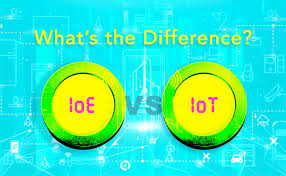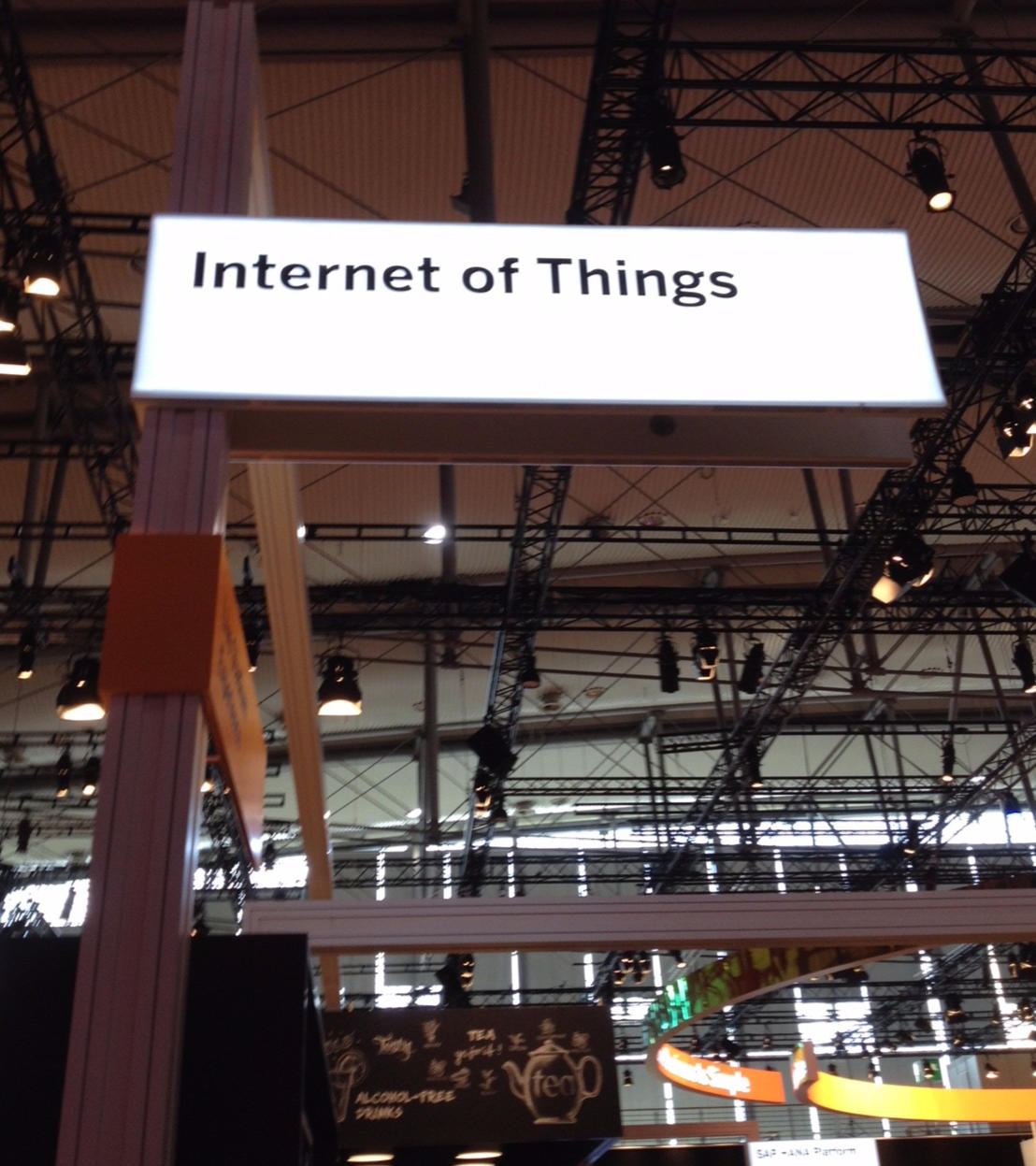Source: iotforall.com
Unless you’re an expert, there’s little difference between the Internet of Things (IoT) and the Internet of Everything (IoE). However, the latter term is broader, semantically. In this post, we’ll go into the details to explain why IoT software development companies use the term IoE comparatively rarely.
The Difference
The term IoT was coined in 1999 to refer to machine-to-machine, or M2M, communication. IoE appeared a few years later, to describe interrelated elements of a whole system, including people. IoE entails not only M2M communication but also P2M (people-to-machine) and even P2P (people-to-people) communication.
To understand the differences between the three types of communication, let’s consider several examples. Say it got dark outside and you turned on a light in the office, then you sat and typed on a keyboard. This scenario provides P2M examples of IoE.
We are so used to these things that we don’t even realize they are part of a system. Another example: You make a Skype call to your colleague. That’s a simple human-to-human, or P2P, communication. An example of M2M communication, on the other hand, is the process of data exchange between your office temperature sensing devices and the HVAC mainframe.
You might think M2M communication, being technological, is the most progressive means of interaction. but IoE focuses on P2M and P2P interactions as the most valuable. According to a Cisco analysis, as of 2022, 55% of connections will be of these two types.
IoE is now considered the next stage of IoT development. Maybe this is why there are so few IoT development companies offering IoE development services at the moment. Internet of Things solutions are now more common and widespread.
4 Main Elements of the IoE Concept
Thing
By thing, we mean an element of the system that participates in communication. A thing is an object capable of gathering information and sharing it with other elements of the system. The number of such connected devices, according to Cisco, will exceed 50 billion by 2020.
What are things? In the IoT, a thing could be any object, from a smart gadget to a building rig. In the IoE, that expands to include, say, a nurse, as well as an MRI machine and a “smart” eyedropper. Any element that has a built-in sensing system and is connected on a network can be a part of the IoE.
People
People play a central role in the IoE concept, as without them there would be no linking bridge, no intelligent connection. It is people who connect the Internet of Things, analyze the received data and make data-driven decisions based on the statistics. People are at the center of M2M, P2M, P2P communications. People can also become connected themselves, for example, nurses working together in a healthcare center.
Data
In 2020, it’s projected that everyone using the internet will be receiving up to 1.7 MB of data per second.
As the amount of data available to us grows, management of all that information becomes more complicated. But it’s a crucial task because, without proper analysis, data is useless. Data is a constituent of both IoT and IoE. But it turns into beneficial insights only in the Internet of Everything. Otherwise, it’s just filling up memory storage.
Process
Process is the component innate to IoE. This is how all the other elements — people, things, data — work together to provide a smart, viable system. When all the elements are properly interconnected, each element receives the needed data and transfers it on to the next receiver. The magic takes place through wired or wireless connections.
Another way to explain this is that IoT describes a network and things, while IoE describes a network, things, and also people, data, and process.
Where Is IoE Applied?
As to the market, we can say confidently that IoT is a technology of any industry. IoE technology is especially relevant to some of the most important fields, including (1) manufacturing, (2) retail, (3) information, (4) finance & insurance, (5) healthcare.
IoE technology has virtually unlimited possibilities. Here’s one example: More than 800 bicyclists die in traffic crashes around the world annually. What if there was a way to connect bike helmets with traffic lights, ambulances, and the hospital ecosystem in a single IoE. Would that increase the chances of survival for at least some of those cyclists?
Another example: Do you realize how much food goes to waste, say at large supermarkets, because food isn’t purchased by its best-before date? Some perishable products like fruit and vegetables are thrown away due to overstocks even before they get to the market. What happens if you find a way to connect your food stocks with the racks and forklifts of the supermarket in-stock control system using IoE?
There are endless variations on uses of IoE right now, and many of them are already becoming familiar in our “smart” homes.
Summing up
In our industry, few would deny the value of IoE in improving our standard of living. Luckily, there’s a flourishing market of IoT development services. Who knows, maybe one day soon, you’ll be a “thing” in the IoE environment.


